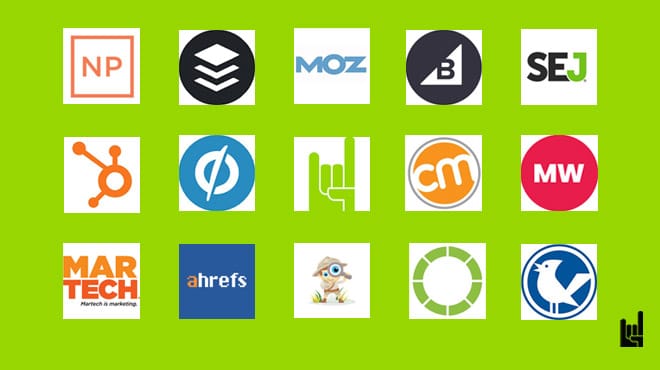Semantic HTML is defined as elements that inform the developer, as well as the browser, of their meaning. HTML semantic elements help with navigating a website’s backend when adding new content, making updates, or even changing the entire look and layout of a site.
Structural Elements:
<header> → Represents introductory content, such as navigation links or logos.
<nav> → Defines a navigation menu.
<section> → Represents a distinct section of a document, such as a chapter.
<article> → Represents self-contained content, like a blog post or news article.
<aside> → Contains content related to the main content, like sidebars or advertisements.
<footer> → Represents the footer of a page or a section.
Textual Elements:
<figure> → Groups media content like images, diagrams, or charts.
<figcaption> → Provides a caption for a <figure>.
<mark> → Highlights text for reference.
<time> → Represents dates and times.
Interactive Elements:
<details> → Creates a collapsible section.
<summary> → Provides a summary or label for a <details> element.
Improved SEO: Search engines better understand content structure.
Better Accessibility: Screen readers interpret semantic elements more effectively.
Easier Maintenance: Developers can read and understand the code more efficiently.
Consistent Styling: Semantic elements allow for more meaningful CSS styling


